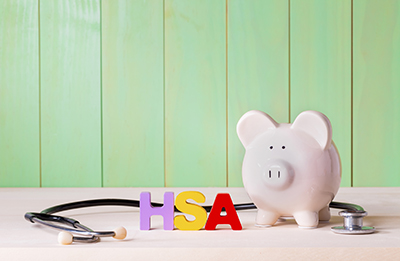By Gwen Cofield
The 2017 contribution limits for health savings accounts (HSAs), recently announced by the Internal revenue Service (IRS), include a slight adjustment for self-only coverage.
For a Limited Time receive a
FREE Compensation Market Analysis Report! Find out how much you should be paying to attract and retain the best applicants and employees, with
customized information for your industry, location, and job.
Get Your Report Now!
 For self-only plans, the 2017 contribution limit (employer and employee) is $3,400; this represents a $50 increase over the 2016 limit. For family plans, the 2017 limit remains unchanged from the 2016 amount of $6,750, according to Revenue Procedure 2016-28.
For self-only plans, the 2017 contribution limit (employer and employee) is $3,400; this represents a $50 increase over the 2016 limit. For family plans, the 2017 limit remains unchanged from the 2016 amount of $6,750, according to Revenue Procedure 2016-28.
For both 2016 and 2017, the IRS is defining a high deductible health plan as one with an annual deductible of not less than $1,300 for self-only coverage or $2,600 for family coverage. Annual out-of-pocket expenses (deductibles, copayments, and other amounts not including premiums) for both 2016 and 2017 cannot exceed $6,550 for self-only coverage or $13,100 for family coverage.
Note that the 2017 out-of-pocket limits are different for Affordable Care Act (ACA) compliance, at $7,150 for self-only plans and $14,300 for family plans, as indicated in the U.S. Department of Health and Human Services’ “Notice of Benefit and Payment Parameters” rule (81 Fed. Reg. 12203, March 8, 2016).
|
Gwen Cofield is an editorial/communications professional with more than 20 years of experience in the for-profit, non-profit and government sectors.
|